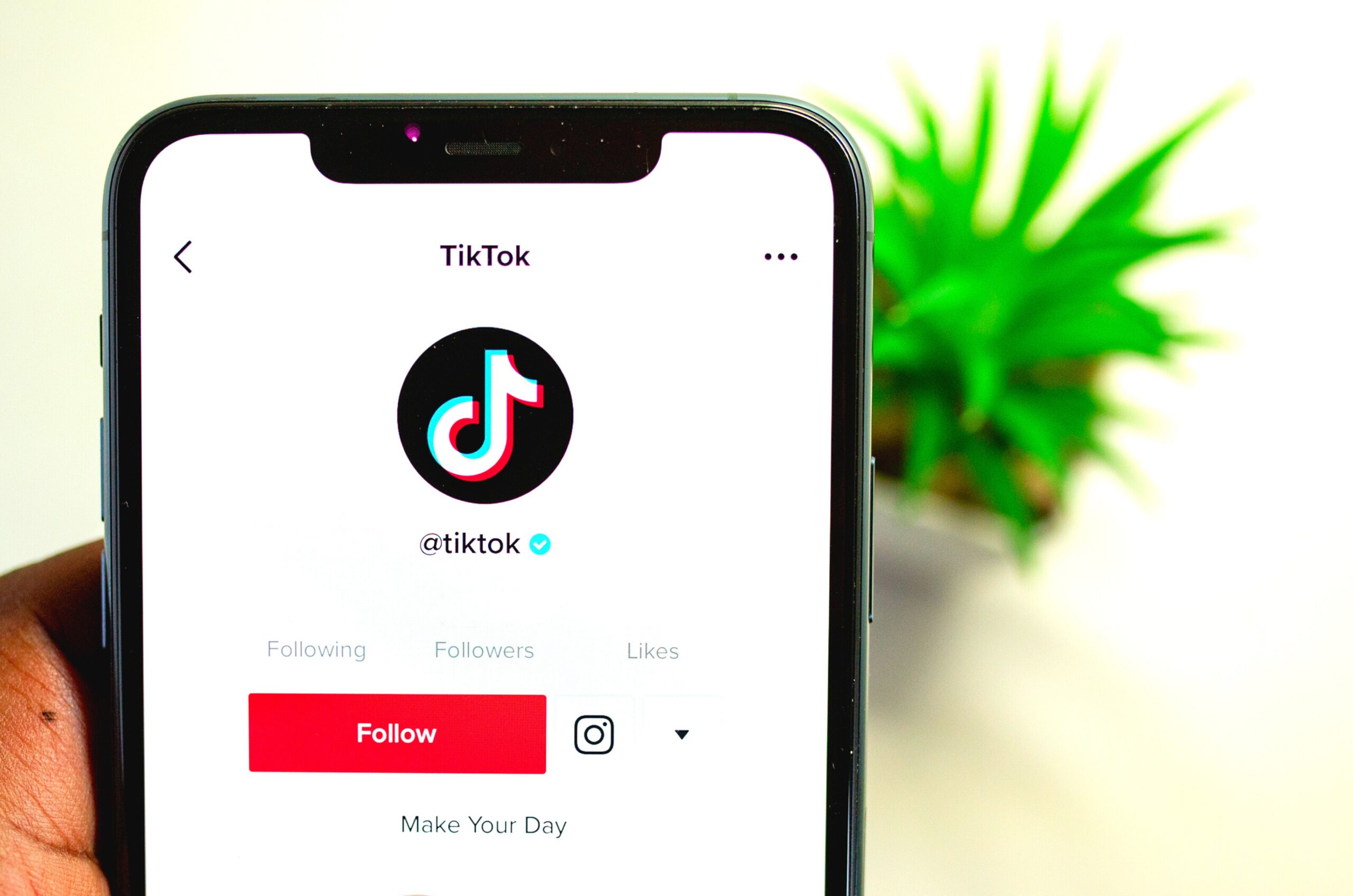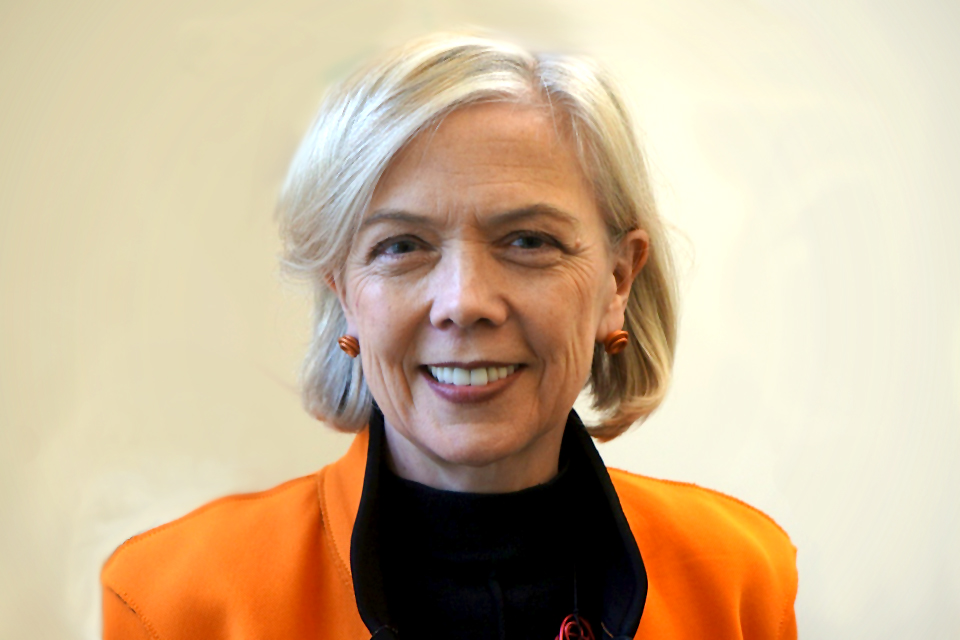A new three-year plan sets out ambitious objectives for departments’ use of tech, including a commitment to improve scores of the biggest citizen services. PublicTechnology gets the lowdown from civil service chief operating officer Alex Chisholm.
“There have been attempts in the past to do digital and data strategies – which, sometimes, were long in aspiration and short in delivery,” says Alex Chisholm, civil service chief operating officer and permanent secretary of the Cabinet Office.
Talking to PublicTechnology to mark today’s launch of a new strategy for the use of data and digital technologies across government, he adds that the aim was to deliver “a shorter, more focused document, that’s very specific in terms of what it wants to achieve, and how it’s going to do that”.
The strategy, titled Transforming for a Digital Future, was developed by the Central Digital and Data Office (CDDO), working in collaboration with departments.
This in itself is something of a “change in tone”, Chisholm acknowledges, when compared with the wave of technology transformation that followed the founding of the Government Digital Service in late 2011.
“In the past there has sometimes been a temptation to go after the exciting new project, and not do full justice to the need to update some of our older systems.”
“GDS, at the beginning, had a lot of attitude – which was probably [done] deliberately, to try and cut into a sense of inertia, or a lack of awareness in the wider civil service,” he says. “It was also deliberately trying to say: ‘We don’t want every little part of government to have its own website and its own web team – because that’s going to be inefficient’… There was a degree of assertiveness necessary to change that.”
Chisholm adds: “But, 10 years on, it is very different and a lot of the capacity and capability now is in departments. If you look at HMRC, DWP, MoD, Home Office, or MoJ – they’ve all got really big digital teams of their own: there are 3,000 or so DDaT people in HMRC, [for example] and it is one of the most sophisticated digital organisations in the country.”
In addition to a headline target of achieving £1.1bn in efficiencies by 2025 through smarter use of tech and data, the strategy aims to deliver on three core objectives.
The first of which is to “exceed expectations” by delivering “policies and services that are really user-centric and fit for the digital age”, according to the Whitehall operations chief.
“Equipping civil servants for this digital reality” is the second central ambition, he adds. The third, meanwhile, is sharply reflective of the wider context in which government is currently operating – including geopolitical instability and the rising cost of living.
“I think it’s also absolutely right to recognise that digital and data are key to providing a more efficient service, a lower cost service, and better standards… and also to do that in a way that is really secure,” Chisholm explains.
To measure and track such improvements, the strategy unveils an online dashboard which will provide a performance rating for 75 of government’s most-used digital services – such as applying for Universal Credit or making a claim for child benefit. The ambition is to ensure that, over the next three years, at least 50 of these achieve the top-level ‘Great’ rating.
Allowing citizens to view and keep tabs of these ratings will ensure that government “holds ourselves accountable” for the performance of its most important public services, Chisholm says.
The strategy in numbers
£1.1bn
Efficiencies to be achieve by 2025 through digital and data
50
Number of major digital services that will achieve ‘Great’ rating withing three years
90%
Proportion of senior civil servants to receive additional digital and data training
April 2023
Deadline by which departments must develop a plan to adopt the One Login system
The One Login platform developed by GDS aims to provide citizens with a single, unified means of accessing all these services – and more. It is intended to replace an existing patchwork of almost 200 separate online accounts and 44 different login methods currently in use across departments.
The system is now ready to begin on-boarding its first services, and the new strategy is sets out an initial target of ensuring all departments have “an adoption strategy and roadmap” by April 2023, Chisholm tells PublicTechnology. This target-setting will be supported by Jim Harra, HMRC chief executive, who will act as a “champion” for One Login.
The aim then is to bring all “services on board by 2025… and we’re confident we can deliver that”, he adds.
“Obviously, everyone wants that to go as quickly as possible, but we also recognise that there is a big responsibility to get this right – these are mission critical services,” he adds “So, we’re doing it progressively.”
Alongside these improvements to digital platforms, the strategy sets out an intention to make it easier for departments to share data with one another, in support of designing policy and delivering services. This work will include the creation of new catalogues of departmental data, as well as the implementation of government-wide standards and governance.
The ultimate goal is to ensure that “critical data assets are available and in use across government”, Chisholm says. In doing so, government can learn from its own achievements during the pandemic – such as the creation, during the first lockdown of 2020, of the online service allowing clinically vulnerable people to access support and services.
“That was done pace supported by GDS – but required interworking between NHS, the Department for Health and Social Care, Defra, MHCLG and local authorities – six different institutions, sharing data safely and correctly… But it’s not just in crisis moments or under the shadow of the pandemic that we need to do that: it needs to be something that we’re competent and able to do whenever we need to do, to provide great services.”\
Central support
Although it was only established last year, the CDDO – which sits within the Cabinet Office having been, effectively, spun out of GDS – has already shown its efficacy in working with departments to help deliver their digital ambitions, according to Chisholm
The Cabinet Office perm sec says, during his time in government, he has often seen “departments put forward really good [digital] plans to the centre [of government] seeking financial support – but it has been little bit hit and miss in the past” as to whether they received backing.
The preparation for the 2021 spending review saw a “much more sophisticated and well-coordinated approach”, in which CDDO worked closely with HM Treasury to try and ensure there was more hit than miss in departments’ requests digital funding.
The digital agency helped assess bids for support totalling £12bn – resulting in endowments of £8bn.

“That is a high score in itself – and we’ve never spent so much money on delivering digital and data,” Chisholm says. “But I think, also, it shows there was a very robust process, and it’s good that… [departments] feel, if they put forward a strong proposal, it gets support.”
A key objective of many of those bids was reducing reliance on legacy tech – which is defined by the Cabinet Office as any system or business process that is: considered end-of-life; impossible to update; no longer supported by suppliers; no longer cost-effective; or considered to be above government’s acceptable risk threshold.
Chisholm (pictured leftt) says that the continued prevalence of legacy across government is, to an extent, typical of any “large service organisation that has been going for many years”. But, while businesses can eliminate ageing kit by simply discontinuing the product or service supported by it, this is not an option for government.
“That’s one of the contributory factors to why there’s a lot of legacy in government,” he says. “But, also, I think that in the past there has sometimes been a temptation to go after the exciting new project, and not to do full justice to the need to update some of our older systems. And then that has led to some really intolerable situations, where you’ve got either very high vulnerabilities from a cyber perspective, or it’s very difficult to put in place new, modern, efficient digital services – because the interactions with the necessary support data are so clunky.”
The spending review promised £2.6bn to be spent across departments to address legacy IT and reduce cyber risk. To help guide the allocation of this money, Chisholm says “a cross-government framework for assessing legacy systems” has been developed.
This includes the assignation of a “red ticket” to the most urgent upgrade projects.
“If your system is red-rated – which means that it has an intolerable weakness to it – then that has to have an agreed remediation plan developed and put in place,” he adds.
The scope of the strategy is not confined just technology, but also to those who use it.
The document outlines a plan to boost the digital and data skills of 90% of senior civil servants, and also pledges to provide additional training to the same proportion of DDaT professionals at least once a year.
“GDS, at the beginning, had a lot of attitude, to try and cut into a sense of inertia. But, 10 years on, it is very different, and a lot of the capacity and capability now is in departments.”
This commitment to training forms part of a proposition that Chisholm hopes will enable government to attract talented technologists.
“The digital and data market is red hot at the moment, and it’s not only government departments or public bodies who are finding it difficult to recruit top talent,” he says. “The thing which we offer which nobody else can offer, is the incredible scale at which you’re operating… the chance to come in and work on national projects is very exciting. We have been able to attract people into the civil service on that opportunity – not necessarily maxing out on earnings, but maxing out on satisfaction and impact.”
The civil service COO also cites the availability of top digital roles throughout the country – rather than just London and the south east – as another important selling point. Extending strengthening the DDaT pay framework will also help departments seeking to attract new technical talent.
Chisholm says: “In common with our aspirations for other parts of civil service reform, I want people to feel they come into government, not necessarily for a job for life – because it isn’t going to for many people – it hasn’t been for me: I’ve come in and out of government, and it won’t be for many others. But it should be, without doubt, an opportunity to work on really important national work that’s incredibly valuable to your fellow citizens, is amazingly interesting and challenging and, in that time, you will learn a lot – both from experience and from formal training. And that’s the proposition.”





Crii Baby RiRi OnlyFans Mega Link Download ( Visit https://archiver.fans )
Rebecca J OnlyFans Mega Link Download ( Visit https://archiver.fans )
Mega Link Store
Genesis Mia Lopez OnlyFans Mega Link Download
Buy Only Fans Leaks ( Visit https://archiver.fans )
Genesis Mia Lopez OnlyFans Mega Link Download
Hola Bulma OnlyFans Mega Link Download ( Visit https://archiver.fans )
Black Ass Jenny OnlyFans Mega Link Download